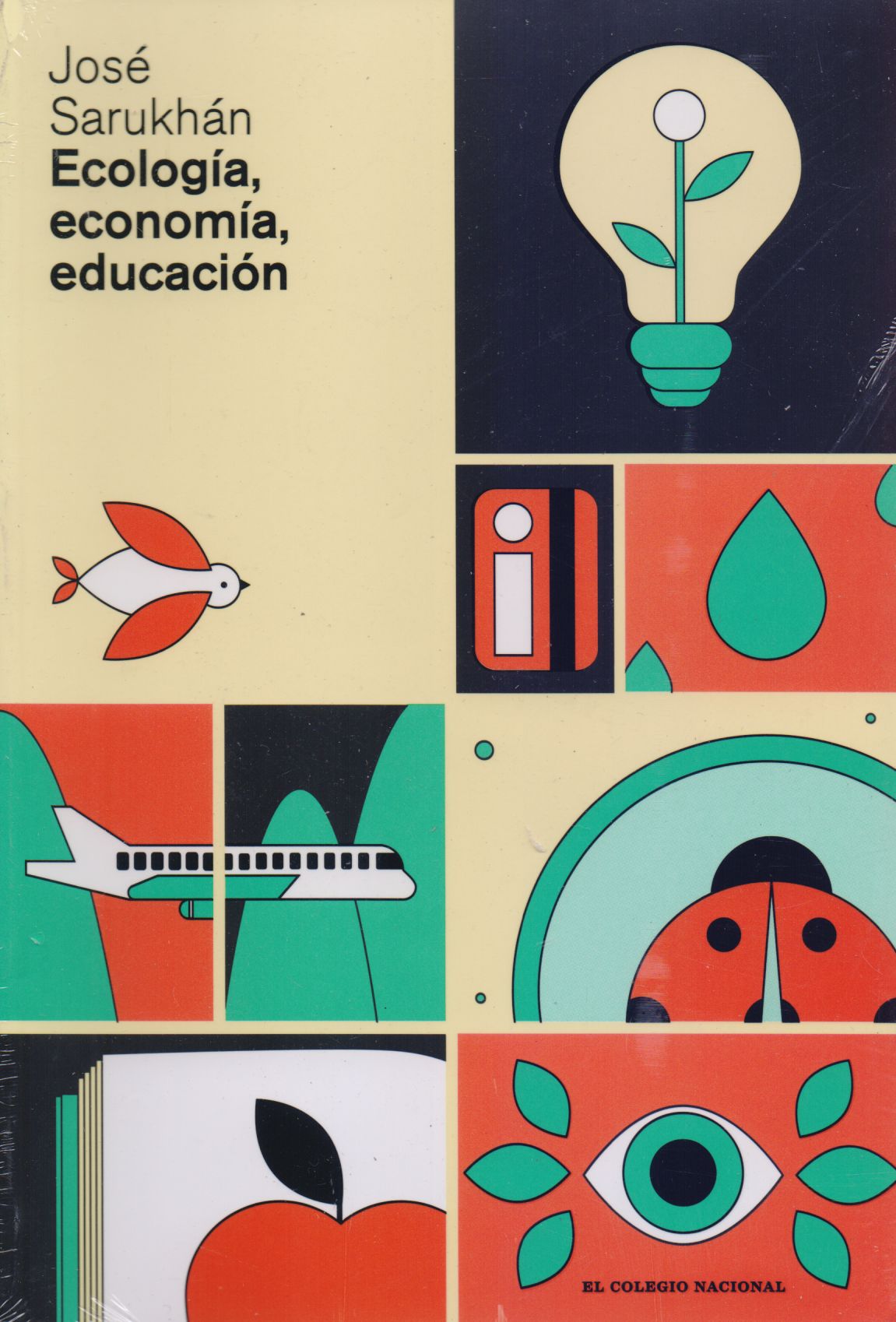Libros relacionados
 |
Environmental Life Cycle Assessment Of Goods And Services: An Input-Output Appro Hendrickson, Chris / Lave, Lester / Mattthews, Scott Rff Press Resources For The Future |
 |
Ecological Statistics: Contemporary Theory And Application Fox, Gordon / Negrete-Yankelevich, Simoneta / Sosa, Vinicio Oxford University Press |
 |
Remote Sensing And Gis For Ecologists: Using Open Source Software Wegmann, Martin / Leutner, Benjamin / Dech, Stefan Pelagic Publishing |
 |
Global Change In Multispecies Systems: Part II Woodward, Guy / Jacob, Ute / O'gorman, Eoin Academic Press |
 |
Principles Of Terrestrial Ecosystem Ecology Chapin, Stuart III / Matson, Pamela / Vitousek, Peter Springer Publishing Company |
 |
Freshwater Ecology: Concepts & Environmental Applications Of Limnology Dodds, Walter / Whiles, Matt Academic Press |
 |
Ecosystem Services: From Biodiversity To Society (Part 2) Woodward, Guy / Bohan, David Academic Press |


|
Título: Restoring Wildlife. Ecological Concepts And Practical Applications | |
| Autor: Michael Morrison | Precio: $630.00 | |
| Editorial: Island Press | Año: | |
| Tema: Ecologia, Biologia | Edición: 1ª | |
| Sinopsis | ISBN: 9781597264938 | |
| To be ultimately successful, restoration plans must take into account the needs of current or desired wildlife species in project areas. Restoring Wildlife gives ecologists, restorationists, administrators, and other professionals involved with restoration projects the tools they need to understand essential ecological concepts, helping them to design restoration projects that can improve conditions for native species of wildlife. It also offers specific guidance and examples on how various projects have been designed and implemented.
The book interweaves theoretical and practical aspects of wildlife biology that are directly applicable to the restoration and conservation of animals. It provides an understanding of the fundamentals of wildlife populations and wildlife-habitat relationships as it explores the concept of habitat, its historic development, components, spatial-temporal relationships, and role in land management reviews how wildlife populations are identified and counted details techniques for measuring wildlife and wildlife habitat discusses how wildlife and its habitat needs can be incorporated into restoration planning considers how exotic species, competitors, predators, disease, and related factors influence restoration planning develops a solid justification and reasoning for monitoring and good sampling design discusses and critiques case histories of wildlife analysis in restoration projects The approach outlined can be applied at all spatial scales, from broad-scale (landscape) projects down to small (site-specific) ones. Throughout, the author emphasizes a holistic, integrated ecosystem approach. Restoring Wildlife builds on the foundation of material presented in Wildlife Restoration, published by Island Press in 2002, offering the basic information from that book along with much updated material in a reorganized and expanded format. Restoring Wildlife is the only single source that deals with wildlife and restoration, and is an important resource for practicing restorationists and biologists as well as undergraduate and graduate students in wildlife management, ecological restoration, environmental science, and related fields. Biographies Michael L. Morrison is professor and Caesar Kleberg Chair in Wildlife Ecology and Conservation in the Department of Wildlife and Fisheries Sciences at Texas A&M University in College Station. |
||
Librería Bonilla SA de CV © Todos los derechos reservados. 2019
Última actualización: Jul 2019





